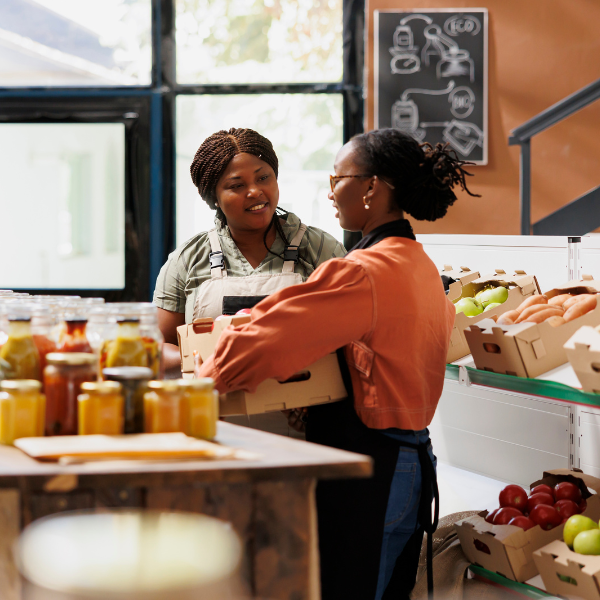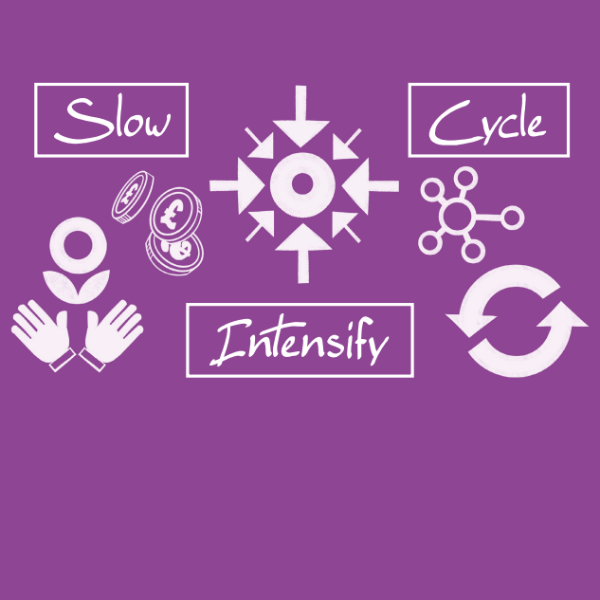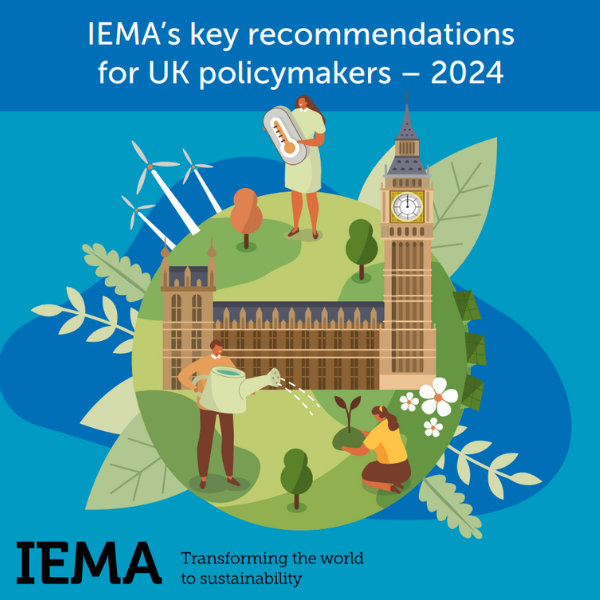Moving away from the 'take, make, use, discard' approach of linear economic models is essential if the world is to transform to sustainability. Circular economy models design out waste and work to retain value within the supply chains by reusing and recycling materials into products and services.
The Circular Economy Network at IEMA is led by a steering group of members from different sectors of the economy. The role of the steering group is to oversee the delivery of an annual work programme of activities, including webinars, workshops, reports and much more.
Join the circular economy network
Opting to become a member of the network means you'll receive updates about developments in this sphere and the work of the steering group, invitations to apply to join the steering group or get involved in other ways, requests to participate in consultations, and notification of relevant webinars and other IEMA or external events. Use the button below to navigate to the portal and select 'circular economy network' in your subscription preferences.



















